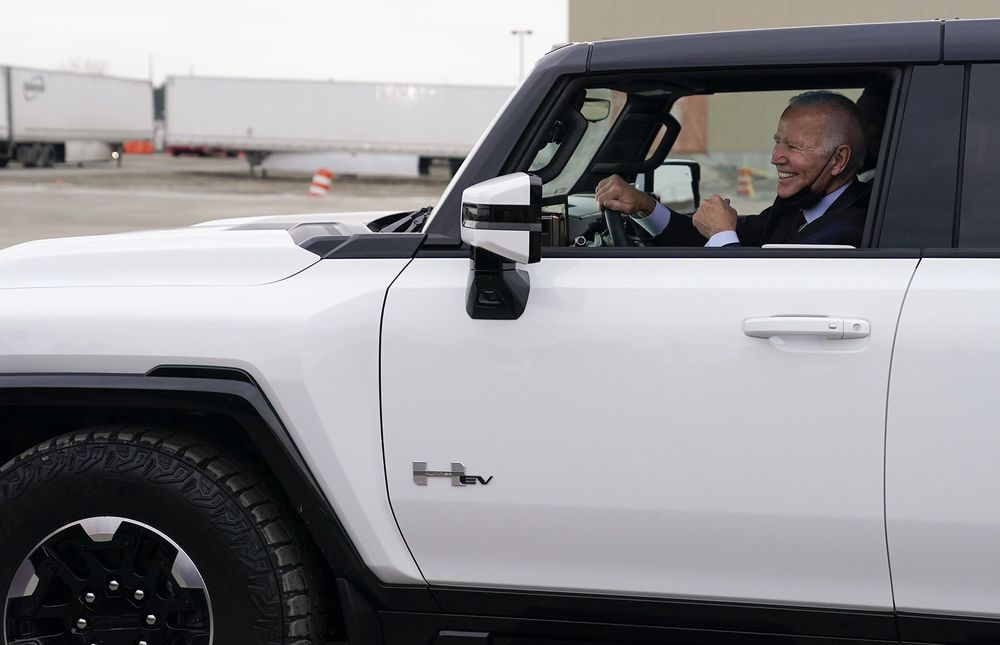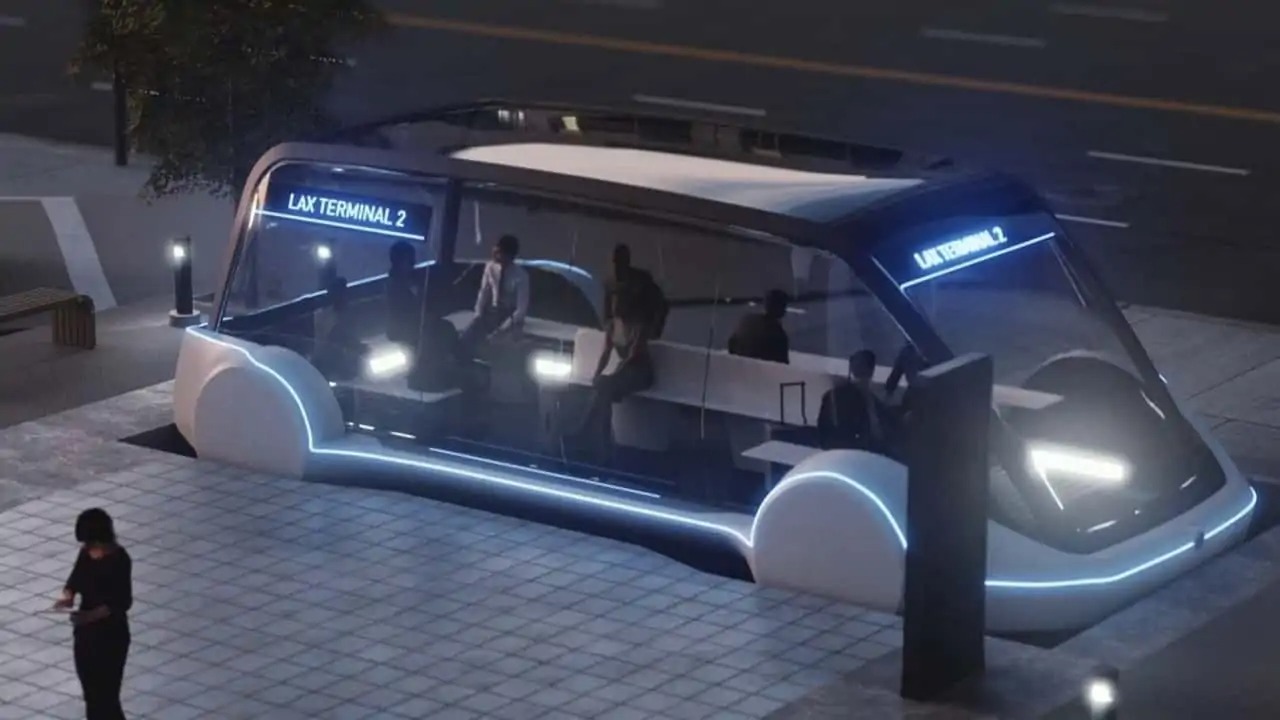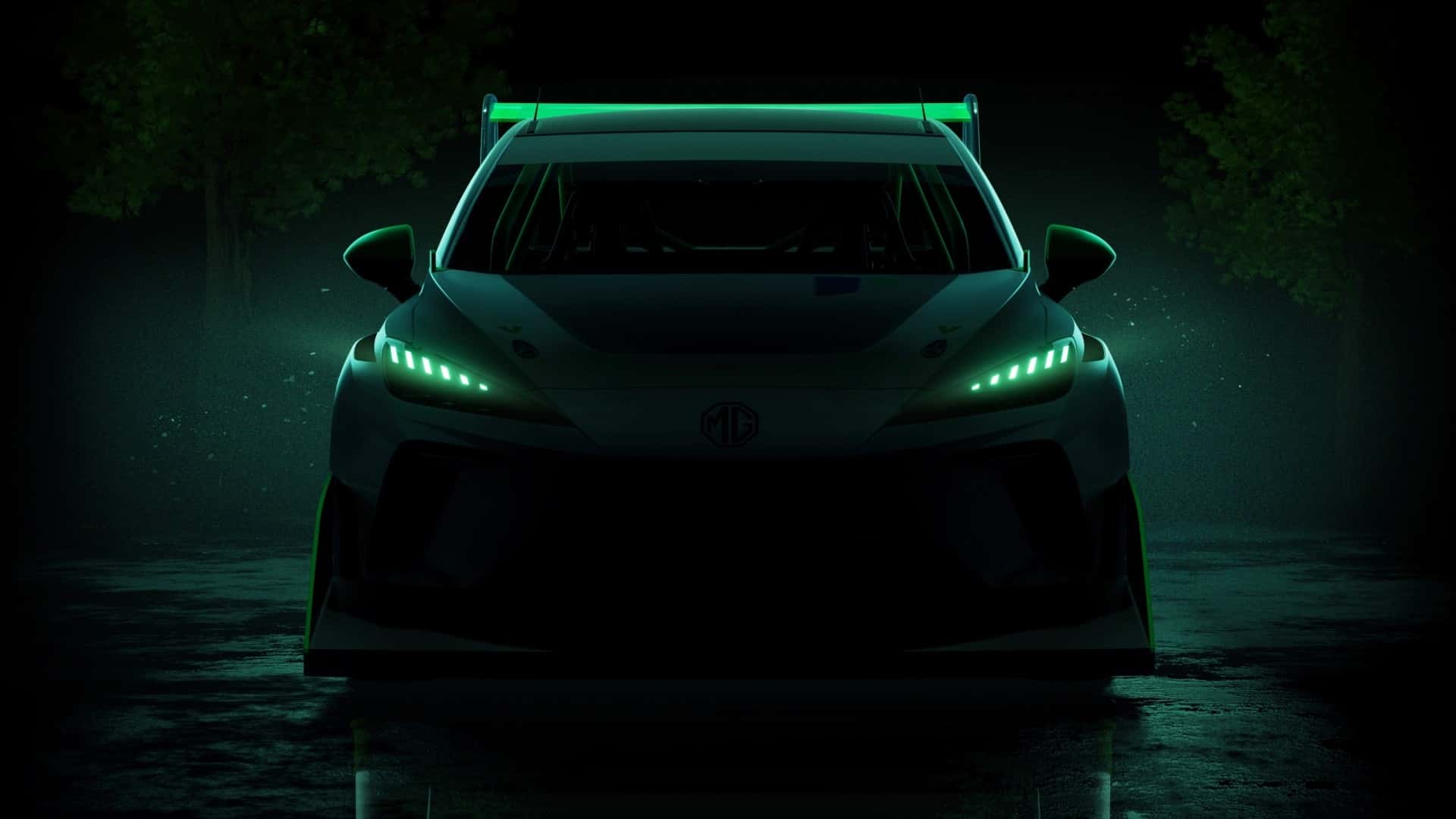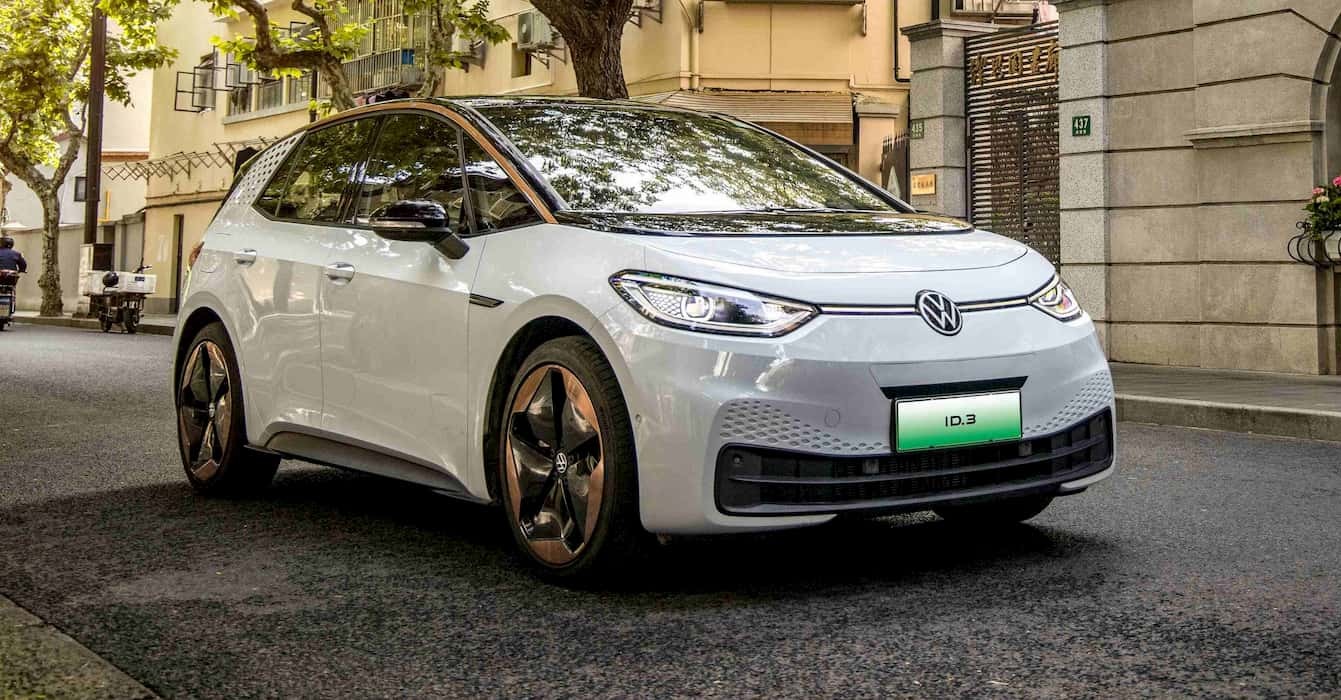Leading automakers Stellantis and Toyota are raising strong objections to the Biden administration’s strategy aimed at reducing auto pollution through the promotion of battery-electric vehicle (BEV) sales. The companies argue that the plan’s aggressive targets for EV sales are impractical and would place undue strain on the availability of critical minerals.
In comments submitted to the federal government, which were recently uncovered by Bloomberg, both Stellantis and Toyota expressed their concerns regarding the proposed emission restrictions for cars and light trucks, asserting that they unjustly favor plug-in hybrid vehicles while underestimating the obstacles faced by BEVs.
Toyota specifically criticized the White House’s proposal, highlighting several key challenges that it believes were inadequately addressed. These include the scarcity of minerals required for battery production, the lack of domestic mining and refining capabilities, inadequate infrastructure to support widespread EV adoption, and the high cost of battery-electric vehicles.
Echoing Toyota’s sentiments, Stellantis criticized the Environmental Protection Agency (EPA) for maintaining an overly optimistic outlook on the growth of the EV market. The automaker emphasized that the agency’s assumption of a seamless transition to electric vehicles disregards significant challenges such as limited manufacturing capacity and insufficient consumer support. Stellantis further warned that these unrealistic expectations pose a substantial risk to the auto industry, which is expected to comply with the proposed standards regardless of their feasibility.
The proposed plan, aiming to establish the most ambitious tailpipe emission limits to date, will commence with the 2027 model year and extend beyond. According to the EPA, electric vehicles are projected to comprise 67 percent of new light-duty vehicle sales and 46 percent of new medium-duty vehicle sales by the model year 2032. These figures surpass President Biden’s earlier goal of achieving zero-emissions in 50 percent of new passenger cars and light-duty trucks by 2030.
To meet the stringent emission limits for carbon dioxide, soot, and smog-forming pollutants, automakers will need to significantly ramp up their production and sales of electric vehicles. Currently, BEVs and plug-in hybrid electric vehicles (PHEVs) account for less than 10 percent of the market. The proposed standards assume that up to 70 percent of vehicle fleets will be emission-free, leading critics to argue that the plan effectively imposes an EV mandate that limits consumer choice. However, it should be noted that companies have the option to meet the new standards by employing alternative technologies beyond BEV powertrains.
While Stellantis and Toyota have voiced their reservations about the proposed standards, electric vehicle pioneer Tesla has actually encouraged the EPA to adopt even stricter requirements. Tesla, acknowledging the rapid pace of EV adoption, has called for a minimum battery electric vehicle penetration rate of 69 percent by the model year 2032.
On the other hand, Ford has urged the EPA to temporarily ease the strictness of its requirements between 2027 and 2029. The company proposes this adjustment to facilitate a smoother transition toward the planned 2032 standards.






